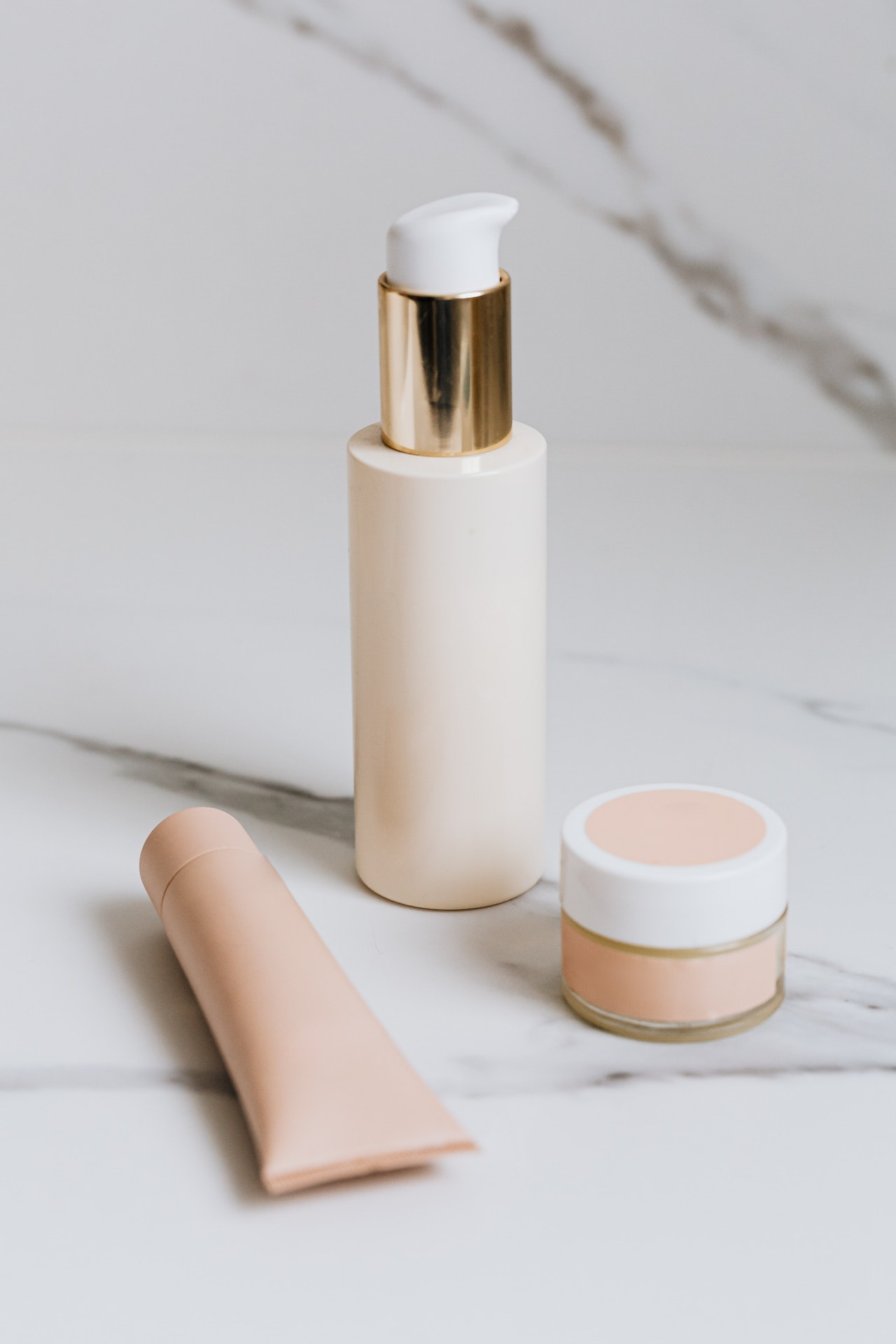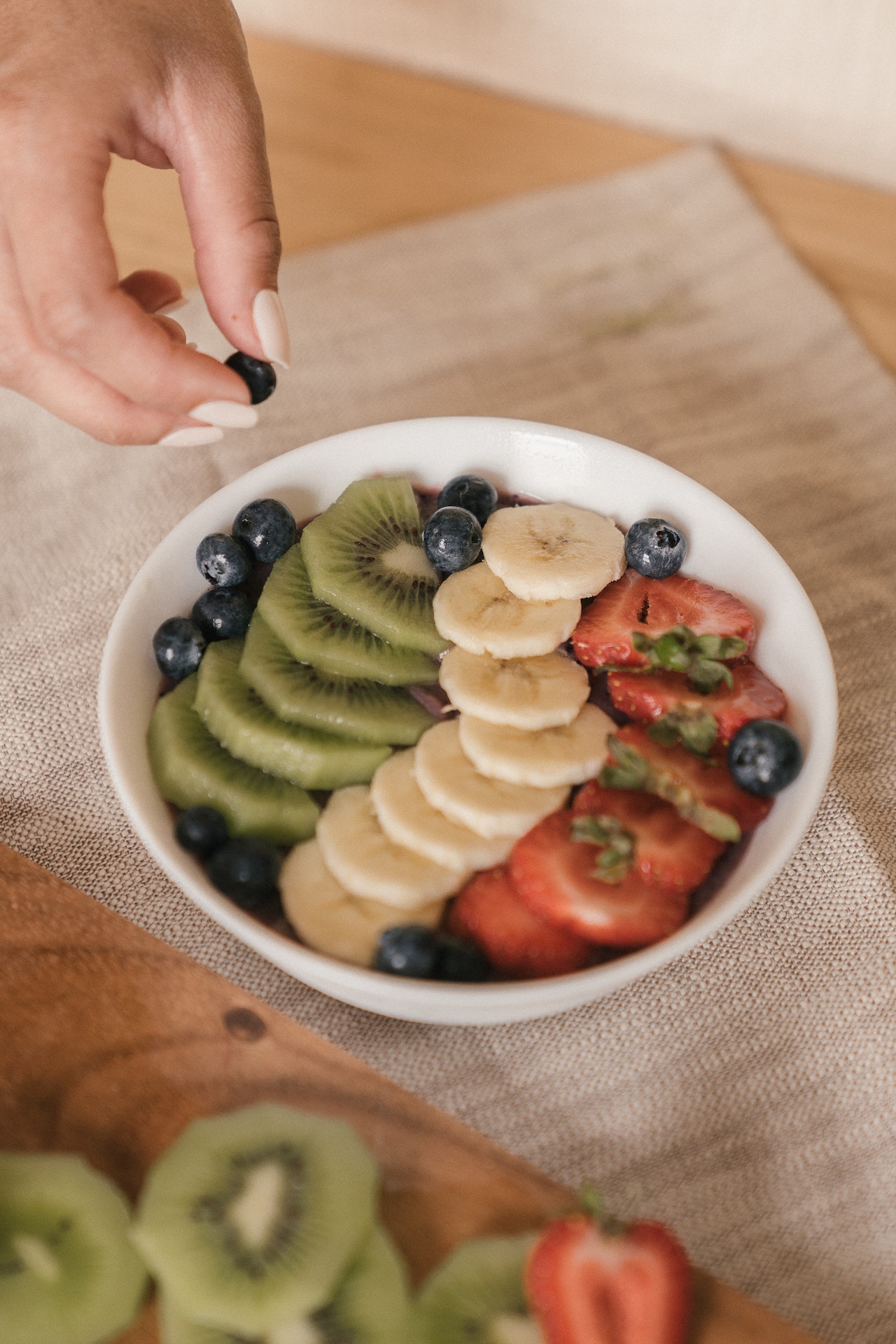Bye-Bye Artificial Dyes: Embracing Natural Food Colors
The journey of eliminating food dyes and finding delicious, vibrant alternatives for our family
In our pursuit of a healthier lifestyle, we discovered that the colorful allure of many processed foods often comes from artificial dyes that may not be the best choice for our family’s well-being. Deciding to remove artificial food dyes from our diet was a significant step, one that led us to explore a world of natural, wholesome ingredients bursting with color and nutrition.
Why We Decided to Remove Artificial Dyes
Artificial food dyes are commonly found in candies, cereals, beverages, and even some unexpected items like yogurts and breads. Studies have raised concerns about the potential effects of certain dyes on children’s behavior and health, including hyperactivity and allergic reactions in sensitive individuals.
As parents, we wanted to ensure that what we were feeding our children supported their growth and development. Eliminating artificial dyes seemed like a meaningful way to promote better health and foster a more natural relationship with food.
Discovering Natural Alternatives
Transitioning away from artificial dyes opened up opportunities to introduce our family to the vibrant colors and flavors of nature. Here’s how we did it:
1. Embracing Whole Foods
- Fruits and Vegetables: We began incorporating a wider variety of colorful produce into our meals.
- Berries: Strawberries, blueberries, and raspberries added natural reds and blues.
- Leafy Greens: Spinach and kale provided rich greens.
- Root Vegetables: Beets and carrots offered deep reds and oranges.
2. Homemade Recipes
- DIY Snacks: We started making our own snacks, like fruit leather and vegetable chips, ensuring they were dye-free.
- Natural Sweet Treats: Using ingredients like cocoa powder and pure vanilla extract, we created desserts without artificial additives.
3. Natural Food Colorings
- Spices and Powders: Turmeric for yellow, beet powder for red, and spirulina for green.
- Juices and Purees: Using concentrated juices from fruits and vegetables to color icings and batters.
The Impact on Our Family
Health Benefits
- Improved Behavior: We noticed a positive change in our children’s focus and mood.
- Allergy Reduction: Fewer instances of unexplained rashes and allergic reactions.
Culinary Exploration
- Cooking Together: Making natural dyes and recipes became a fun family activity.
- Education: Our children learned about nutrition and the origins of their food.
Strengthening Family Bonds
- Shared Goals: Working together towards healthier eating strengthened our unity.
- Creativity: Experimenting with natural colors sparked imagination and joy in the kitchen.
Challenges and Solutions
Challenge: Finding Dye-Free Products
- Solution: We read labels diligently and sought out brands that use natural coloring or none at all.
Challenge: Adjusting Taste Preferences
- Solution: Gradually introducing new foods and involving the kids in meal planning helped them adapt and enjoy the new flavors.
Tips for Embracing Natural Food Colors
- Start Gradually: Replace one artificially colored food at a time.
- Involve the Family: Let the kids help choose and prepare colorful fruits and vegetables.
- Educate Yourself: Learn about the benefits of whole foods and the potential risks of artificial additives.
- Be Creative: Use cookie cutters, fun plating, and imaginative names to make natural foods more appealing to children.
Our Favorite Natural Recipes
1. Rainbow Fruit Salad
- Ingredients: Strawberries, oranges, pineapple, kiwi, blueberries, grapes.
- Family Moment: We loved assembling this colorful salad together, each choosing our favorite fruits.
2. Naturally Dyed Frosting
- Ingredients: Cream cheese or butter, powdered sugar, natural colorings (beet juice, turmeric, blueberry puree).
- Family Moment: Decorating cupcakes with our homemade dyes became a delightful artistic endeavor.
The Bigger Picture: Growing as a Family
Removing artificial dyes from our diet was more than a health decision; it was a step towards a more mindful and connected way of living. We learned to appreciate the beauty and abundance of natural foods, fostering gratitude and awareness in our children.
This journey reinforced our commitment to nurturing our family’s physical and emotional well-being, laying a foundation for lifelong healthy habits.
Ready to make the switch to natural food colors? We’ve put together a “Natural Food Coloring Recipe Book” with simple instructions on how to create vibrant dyes from fruits and vegetables at home.
Download Your Free Recipe Book Here
We’d love to hear about your experiences with natural foods or answer any questions you have. Let’s continue growing and prospering together!





